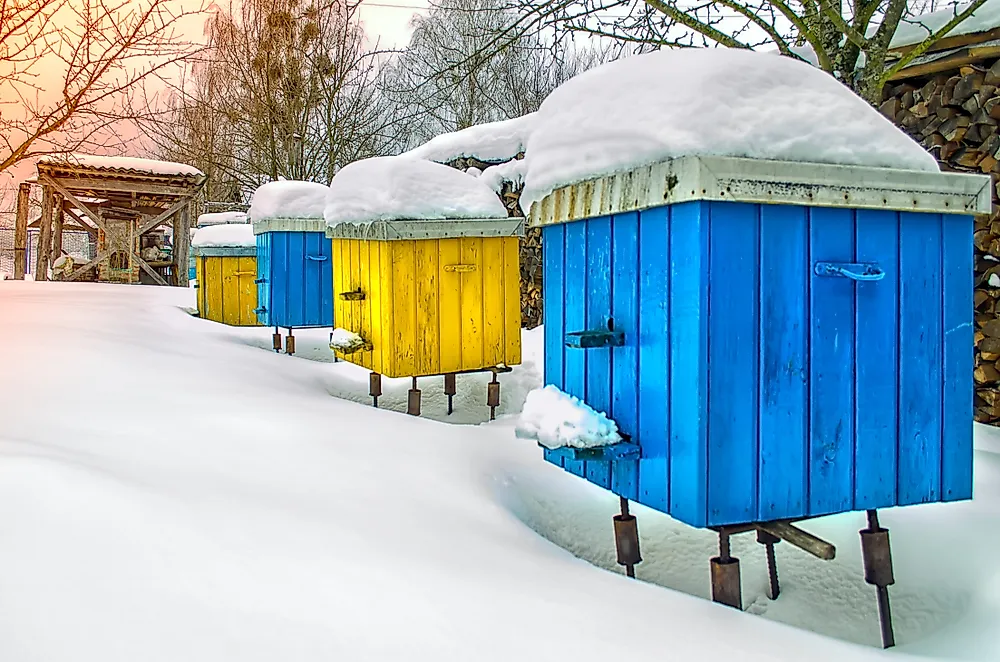What Do Bees Do In The Winter? Do Bees Hibernate?

As winter closes in, bears hibernate, birds fly south, and humans stock up on firewood and other materials to keep warm. Just like all the other creatures on the planet, bees have a unique way of coping with low temperature. Different species of bees have their own ways of riding through the winter. Honeybees spend the winter in the hive and protect the queen by forming a cluster to keep her warm. They are less active but not necessarily dormant. Here is how different bee families react to winter:
Bumblebees
Unfortunately, the natural life cycle of bumblebees means that only the queens survive while the rest of the colony succumbed to the cold temperature. As winter approaches in the bumblebees can be seen foraging for food to ensure that the queens are well fed. The queens build on fat reserves and mate with the males before hibernation. The hibernation spot varies, but most bumblebees prefer soft soil banks and abandoned rodent holes. As winter comes to an end, the queens will lay eggs and build a new colony. In regions without winter, such as South America and Southeast Asia, bumblebee's have no annual life cycle and build colonies with several thousand workers.
Honey Bees
When the temperature drops below 10°C, the queen and the worker honey bees form a thermoregulating cluster known as a winter cluster. Unfortunately, male bees move out of the hive and die. The older worker bees create the outside layer of the cluster while the younger bees are tucked in the middle. The bees create a shivering movement by vibrating their wing muscles to generate heat. The hair on their bodies prevents heat from escaping. If the temperature continues to drop the cluster tightens but if the temperature rises the younger bees in the middle loosen up to allow warm air to circulate back to the outer regions. During the entire winter, the honey bees feed on stockpiles of honey while maintaining the cluster.
Solitary Bees
Solitary bees cannot form clusters to protect the queen for the coming generation, they, therefore, ensure their own survival. Most mining bees stockpile food and remain underground until winter ends. Others will move closer to warmer environments such as the basement or ceilings of houses. Tiny solitary bees overwinter in the hollow stems of plants.











